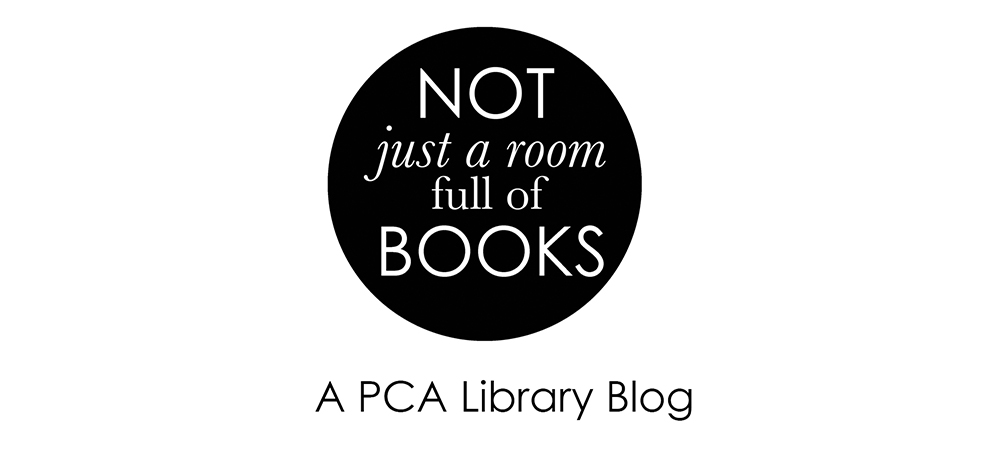The internet has radically
changed our understanding of information and how we handle text. As more and
more messages are being communicated in plain text on digital platforms such as
cell phones, more and more designers are trying to find solutions to counter
this development. Many of today s designers are developing innovative, more
personal lettering techniques by hand that not only simply present content, but
also enrich it creatively. Playful Type 2 examines how designers are using a
variety of techniques to produce typography and lettering in a range of
innovative styles. As in other creative disciplines, there is currently a
perceptible trend toward handmade solutions in typography that is reflected in
the high incidence of calligraphy and illustrative design presented in the
book. This publication not only features high-quality type design, but also
diverse applications for this original lettering.
At last - a contemporary
how-to reference on letterpress, a traditional craft that's experiencing a huge
resurgence! Not only does "Letterpress Now" explain how to find and
use a variety of presses, it also covers an amazing range of techniques, all
with step-by-step photos: setting metal and wood type, lino/relief block
prints, photopolymer plates, die-cuts and more. About twenty eye-catching
projects, from cards and calendars to masks, posters and business cards - plus
features on over a dozen letterpress artists and community print shops - make
this guide indispensable.
 This illustrated A-Z
features outstanding type designers from around the world, from Gutenberg to
the present day. Arranged alphabetically by designer's name, the book contains
over 260 biographical profiles. Entries are illustrated by key typefaces taken
from a wide range of sources, including type specimens, original posters,
private press editions and magazine covers, and also give a list of work and,
where applicable, further reading references and a website address. An
essential reference for typographers, graphic designers and students, the book
also features a full index and eight short texts by leading typographers -
Jonathan Barnbrook, Erik van Blokland, Clive Bruton, John Downer, John Hudson,
Jean Francois Porchez, Erik Spiekermann and Jeremy Tankard - that cover a
variety of different aspects of type design, including typeface revivals, font
piracy, designing fonts for corporate identities and the role of nationality in
type design.
This illustrated A-Z
features outstanding type designers from around the world, from Gutenberg to
the present day. Arranged alphabetically by designer's name, the book contains
over 260 biographical profiles. Entries are illustrated by key typefaces taken
from a wide range of sources, including type specimens, original posters,
private press editions and magazine covers, and also give a list of work and,
where applicable, further reading references and a website address. An
essential reference for typographers, graphic designers and students, the book
also features a full index and eight short texts by leading typographers -
Jonathan Barnbrook, Erik van Blokland, Clive Bruton, John Downer, John Hudson,
Jean Francois Porchez, Erik Spiekermann and Jeremy Tankard - that cover a
variety of different aspects of type design, including typeface revivals, font
piracy, designing fonts for corporate identities and the role of nationality in
type design.
Part inspiration and part
workbook, the images of hand-drawn type will inspire and excite any designer to
draw and explore type. Drawing Type features real-world projects and
sketchbooks of well-known type designers, including interviews about their
processes. Playful, hand-drawn type can easily be used in a range of
disciplines within design and illustration such as packaging, editorial,
posters, advertising, online graphics, and signage, and the hand-made aesthetic
is more prevalent now than ever.
Our all time best selling
book is now available in a revised and expanded second edition. Thinking with
Type is the definitive guide to using typography in visual communication, from
the printed page to the computer screen. This revised edition includes
forty-eight pages of new content, including the latest information on style
sheets for print and the web, the use of ornaments and captions, lining and
non-lining numerals, the use of small caps and enlarged capitals, as well as
information on captions, font licensing, mixing typefaces, and hand lettering.
Throughout the book, visual examples show how to be inventive within systems of
typographic form--what the rules are and how to break them. Thinking with Type
is a type book for everyone: designers, writers, editors, students, and anyone
else who works with words. The popular online companion to Thinking with Type has been revised to reflect the new material in the
second edition.
Playing with Type is a
hands-on, playful approach to learning type application and principles. This engaging
guide begins with an introduction to the philosophy of learning through the
process of play. Along with a series of experimental design projects with an
emphasis on type, the author provides designers with a “toolkit” of ideas and
skills developed through the process of play. The awareness and sensitivity to
type styles, forms, and type choices gained through these visual experiments
will increase the designer’s confidence in their personal and professional
work. This book can be used in the classroom or independently, and readers can
go directly to exercises that appeal to them.







No comments:
Post a Comment